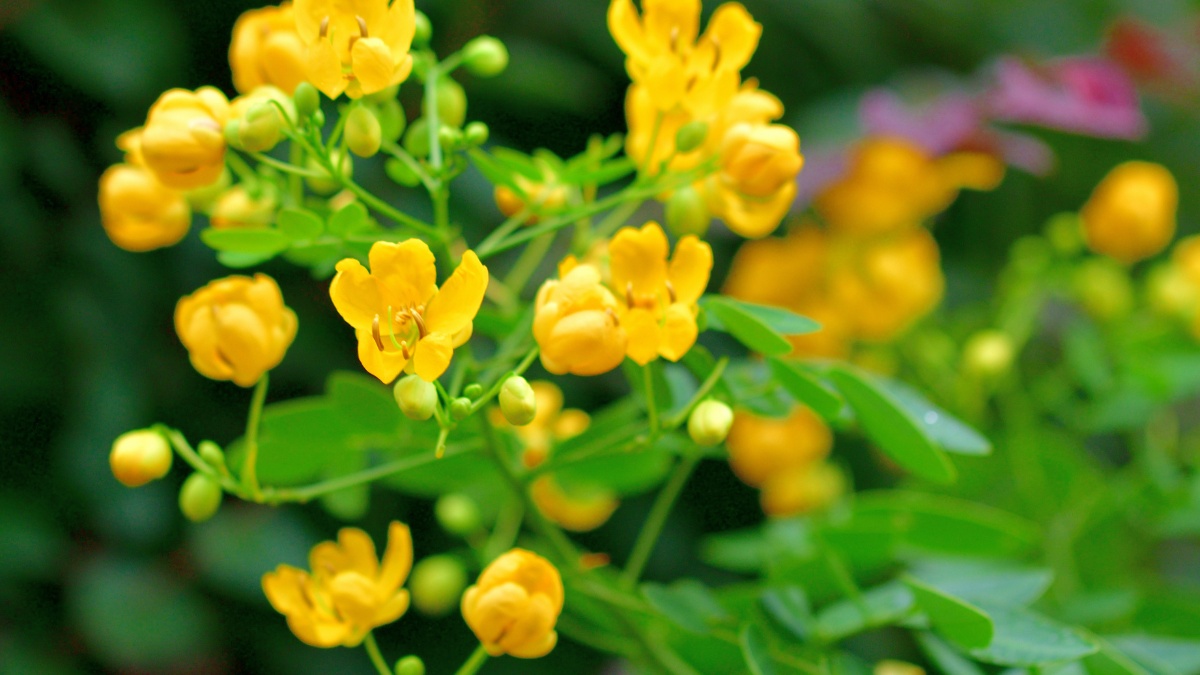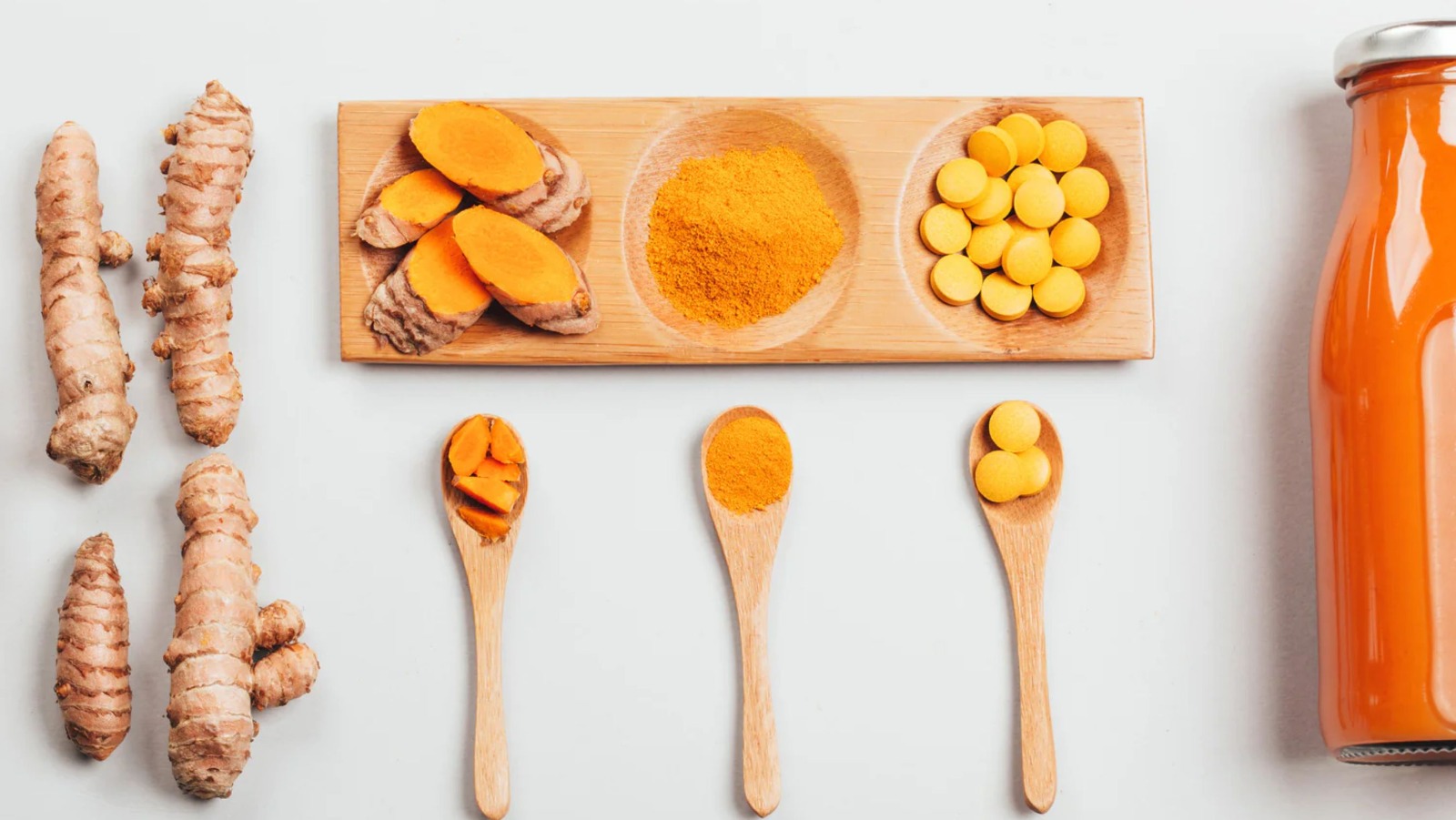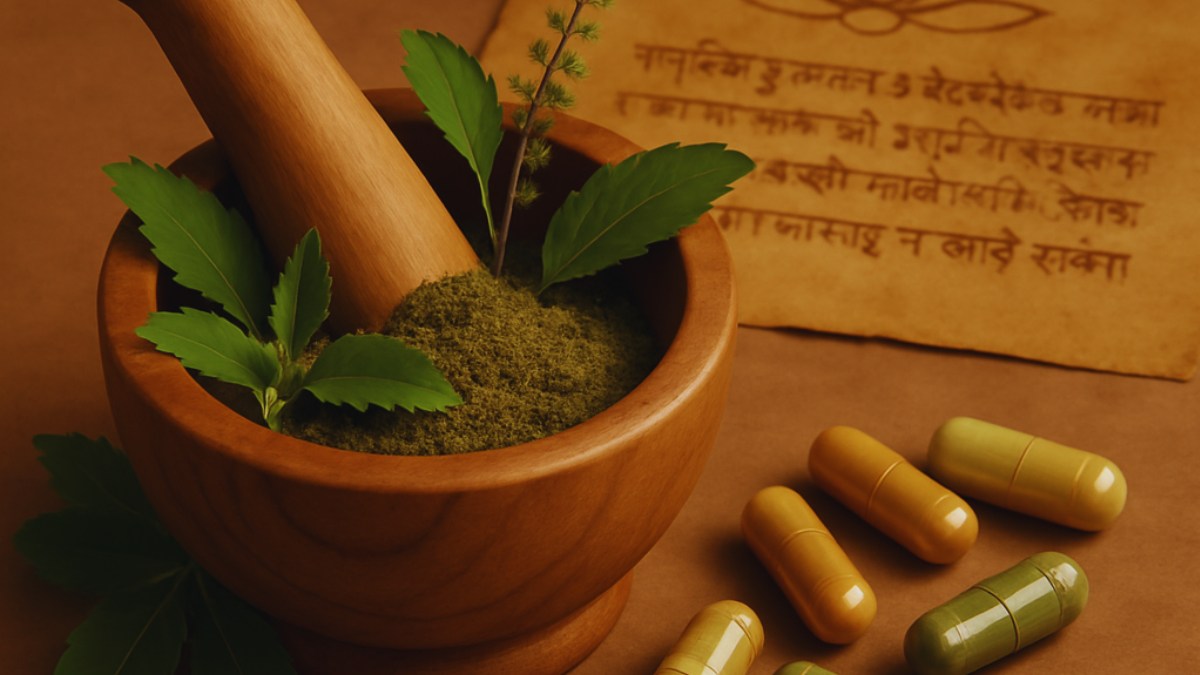Interestingly, Senna is one of the rare botanicals that have been officially approved by the US FDA as an over-the-counter drug (OTC). It is approved for short-term use for adults and children 2 years and older as a digestive aid, intended for short-term relief of constipation.
KP Phyto has invested heavily in understanding the points along the supply chain that must be controlled for the best quality outcomes in Amla ingredient quality. We also invest into the understanding and development of the research behind Indian traditional botanicals…with a focus this month on Senna!
Huge & Growing Market
Senna is among the most commonly prescribed medications in the US, with more than 1 million prescriptions (the 291st most common in 2020). Not only is it one of the most commonly used botanicals in the world, with global leaf extracts reaching over USD 29 Billion in 2023, but it is predicted to grow at a CAGR of 10.2% through 2032, according to an Expert Market Research (EMR) report. India is the top exporter of Senna leaves in the world, with its top markets being the US, China and Thailand. It may not be an indication that many of us want to talk about, but constipation is clearly one of the top afflictions in the world.

Traditional Medicine
Senna is present in traditional medicine systems around the world for its laxative use and other indications, and both the leaf and seed use is common. Senna is also marketed for other uses as a Dietary Supplement, such as detoxification/cleansing, weight management and digestive health. In Traditional Chinese Medicine, Cassiae Semen is a preparation from the seeds of C. obtusifolia or C. tora, which has long been used as a laxative, for supporting blood sugar balance, and eye and liver health.
In Ayurveda, Senna is referred to as Svarnapatri, and mainly used for blood purification and for supporting skin health. It is considered hot, dry in nature and pungent, balancing to excess Pita. For constipation the leaf is used in the dried form with hot water. For supporting skin health, a paste of the leaf is applied with vinegar, and other preparations depend on the indication.
In Ayurveda, a popular preparation called Kayam Churna is used for constipation. It contains 50% senna leaves mixed with black salt, Ajwain (Carum capticum), Haritaki (Terminalia chebula), Svarjiksara (alkali preparation), Licorice, and Trivrit (Operculina turpethum). As Senna sometimes causes abdominal pain due to cramping, the licorice of this formula helps with its antispasmodic action.
Active Compounds
Senna contains glycoside compounds called sennosides, which are irritant laxatives, and well characterized. It is expected for a bowel movement to occur 6-12 hours after use.
Sennosides are high molecular weight dianthrone glycosides, that are not absorbed by the GI tract, but rather are hydrolyzed by enteric bacteria, causing an increase in motility by stimulating the nerve plexus of the intestinal smooth muscle. Senna is typically used at the level which provides 17.2 mg sennosides, once or twice daily. The maximum recommended dose is 34.4. mg sennosides, twice daily.

Science & The Future
A number of studies have shown relief of constipation in the short-term. There is also some evidence that taking it with Psyllium can be more effective than Psyllium alone, and produce more stool moisture when in combination.
Other uses for Senna are being investigated scientifically and clinically. For example, in recent scientific investigation, Senna has shown potential for supporting blood sugar balance through a molecular docking study. As there are traditional uses for blood purification and detoxification, there is also some scientific confirmation on these uses through liver support.

Topical uses have also been emerging and/or being confirmed through science. For example, Senna is being investigated for antiaging, wound healing and burn care. In one high tech study, C. angustifolia extract primed adipose-derived stem cells were investigated for applications regarding burn care with positive results.
Senna best grows in sandy soils, representing one of the most important crops worldwide for dry land farming. As it belongs to the Legume family, it is also able to fix nitrogen and improve soil. In the sandy soils Senna also provides the important function of soil conservation, as it helps hold the sand particles together, reducing erosion potential, and increasing soil fertility.

As Senna’s leaves and pod extracts are mostly exported, have growing demand and are able to grow in arid lands that otherwise are limited in productivity, they represent an opportunity for both farmers and industry as the use and demand continues to grow.
Thank you for Reading!
*This content is for informational and educational purposes only. It is not intended to provide medical advice or to take the place of such advice or treatment from a personal physician.







